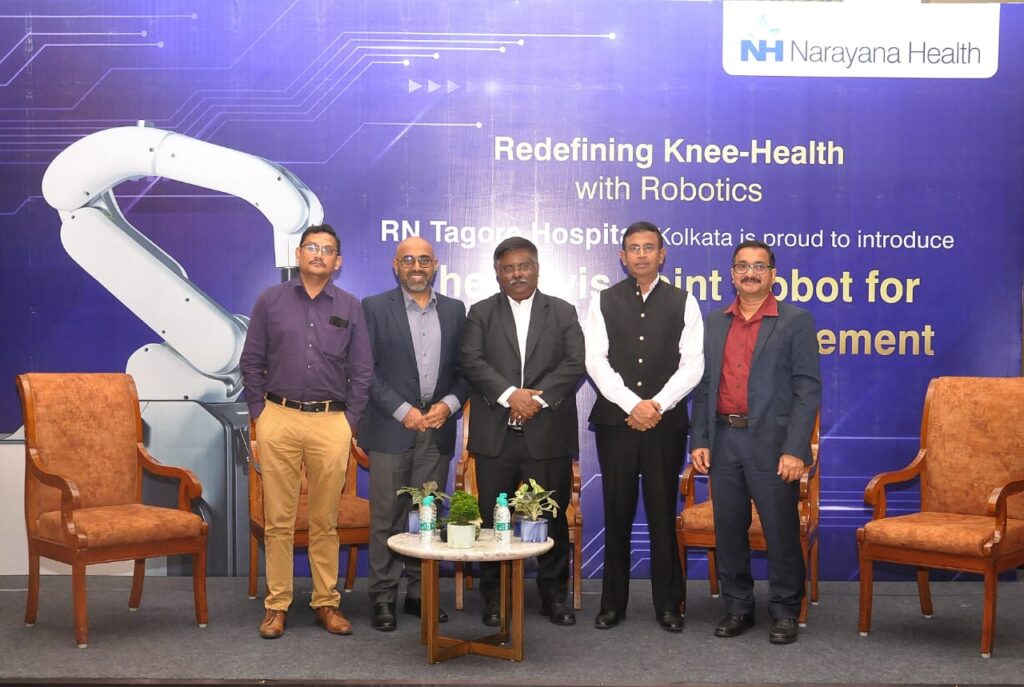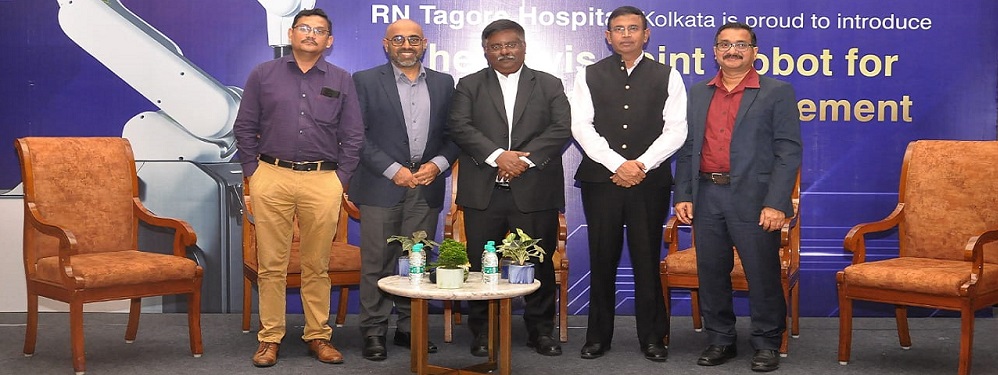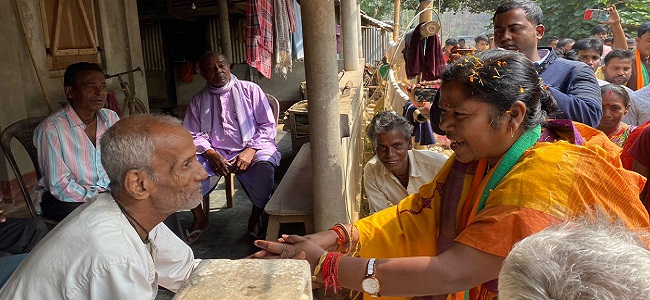Guwahati: NH RN Tagore Hospital, Kolkata (A Unit of Narayana Health), has recently announced the installation of Fully Active Robotic System (CUVIS) to deliver Greater Accuracy, Better Mobility and Faster Recovery for patients suffering from Bone and joint disorders.

The revolutionary advancement was officially unveiled by Dr. Emmanuel Rupert, Managing Director and Group CEO of Narayana Health.
With the introduction of this Active Robotic Technology, the hospital revolutionizes patient care by offering advanced solutions for Total Knee Replacement (TKR) surgery.
The State-of-the-Art Joint Robotic System is designed to elevate the experience of Total Knee Replacement surgery and will empower skilled surgeons, optimizing long-term functionality and improved quality of life for patients.
Emphasizing on the comprehensive benefits of undergoing Joint Surgery via Active Robotic Technology, Dr. Surya Udai Singh, Senior Consultant – Orthopaedics, Joint & Robotic Knee Replacement Surgery at NH RN Tagore Hospital, Kolkata said, “The Active Joint Robot System’s surgical precision shall offer several benefits to our patients, including more precise implant placement leading to a natural post-surgery feel, decreased risk of injury to surrounding tissues, reduced infection risk & early rehabilitation contributing to shorter hospital stay.”
The usage of Active Robotic Technology in Joint Replacement surgery minimizes the possibility of human error and inconsistencies, ensuring unparalleled accuracy and consistency.
The minimally invasive approach results in smaller incisions, reduced blood loss and faster recovery times compared to conventional methods. The precise implant placement also enhances implant longevity, potentially reducing the need for future revisions.
The Active Joint Robotic System employs a sophisticated process in knee replacement surgery. Through computed tomography (CT) scans, a 3D model of the patient’s knee is generated.
Surgeons then utilize the robotic arm to execute precise bone cuts and accurately insert knee components based on the virtual model. This approach ensures tailored implants, improved alignment, and optimized long-term functionality for patients.






